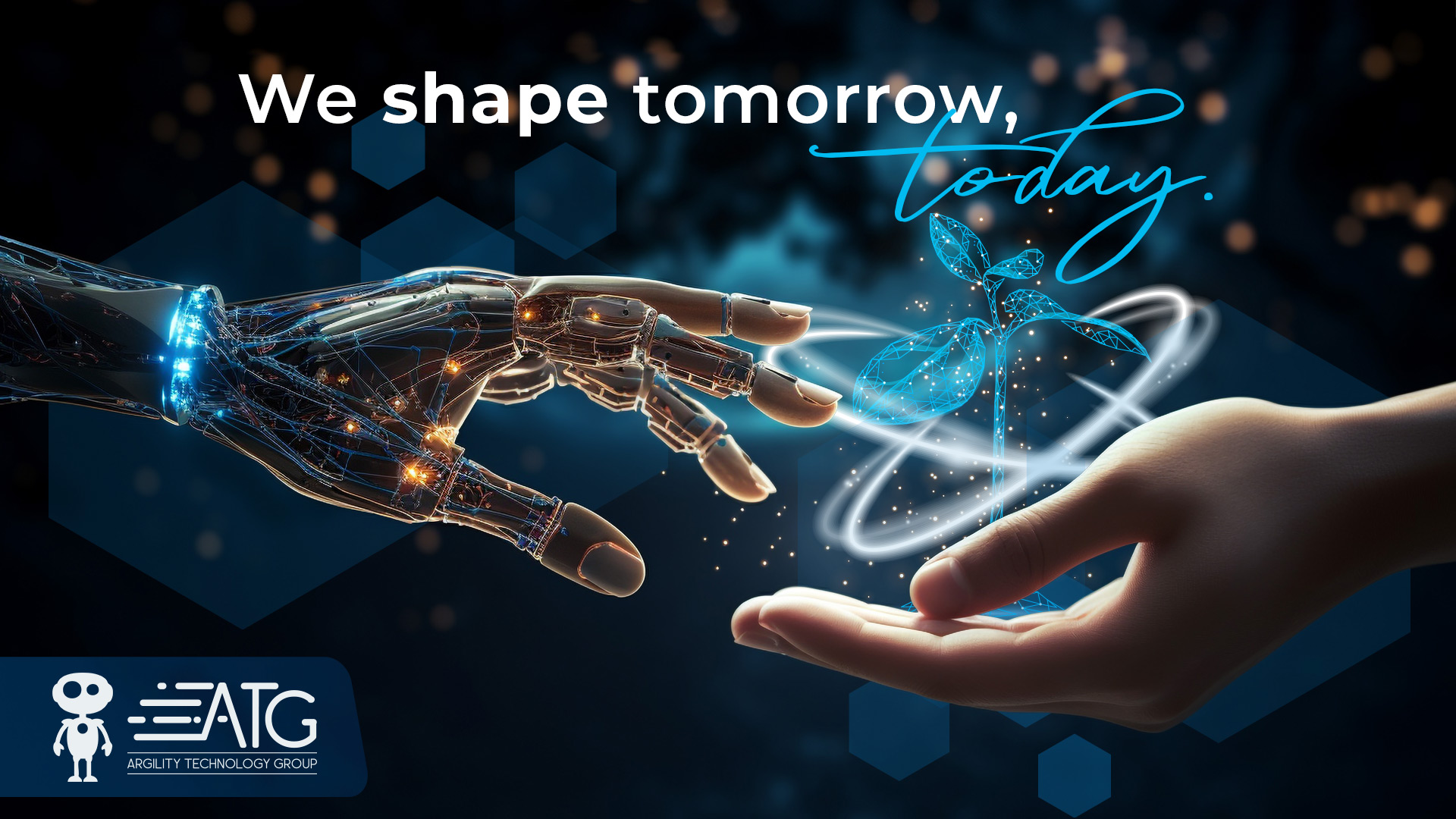
Argility Drives for Greater Success through Customer Experience Insights
Johannesburg Wednesday 10th April, 2024: The Argility Technology Group (ATG), part of the Data and Technology cluster arm of global enterprise, Smollan, has revealed details of its drive to deliver even greater customer value through enhanced service levels.
“We believe that placing our customers at the forefront of the actions and decisions we make is key to building a client-centric strategy and culture. In this regard our customer experience (CX) mission for 2024 is to improve client experiences across the board through feedback, best practices and calls to action that aim to address customer pain points,” says ATG Chief Executive Officer, Tanya Long.
In this regard, Ms. Long confirms the 2024 ATG CX survey of its customer base is well underway.
“Global research guru, Gartner, notes effective customer feedback surveys feature many moving parts and note survey question development and distribution to be crucial to accurate interpretation of data and obtaining useful insights. The research house surveyed 250 customer service leaders across all major industries to identify their most pressing priorities and key challenges for 2024. Improving the customer experience was the most cited priority, followed by employing analytics for voice of the customer (VoC) as well as improving operations. It further found that 75% of organisations have proved that customer satisfaction leads to revenue growth through increased retention or lifetime value.
Ms. Long says high service levels and consistent customer experiences are the name of the game in any industry. “In our constant drive to improve our client centric culture we take a community approach to enhancing CX levels. Collectively, through a community comprised of staff and customers, we share and learn from best practice approaches and real-life examples that drive proactive communication and planning with our clients. We have introduced relevant tools, frameworks and processes as well as encouraging a space to share and learn. This allows us to better build and adjust our action plans in response to client feedback.”
Ms. Long says the group has identified the top ten habits of client centric companies as follows:
- Listen to clients.
- Constant monitoring of client feedback.
- Act proactively to anticipate client needs.
- Build customer empathy into processes and policies.
- Respect client privacy.
- Share knowledge internally and with clients.
- Motivate employees to stay engaged.
- Act systematically to improve CX.
- Create accountability to enhance CX.
- Adapt to customer needs and circumstances in real time.
Ms. Long confirms ATG is well underway with its 2024 CX evaluation programme that extends through to the end of the third quarter this year. “Again, Gartner highlighted 2024 as the year for businesses to use technology to make progress in three key areas namely:
- Self-service – given the propensity of younger customers to give up if they cannot solve a problem themselves.
- Generative AI – with organisations increasingly taking an incremental approach to the deployment of employee facing generative AI use cases, e.g. chatbots to aid representatives.
- Customer journey analytics providing businesses with a deep comprehensive understanding of customer needs.
“These insights and guidelines emanating from global markets are useful trends for SA companies. We have designed our 2024 survey to encompass questions around data and technology quality plus value for money. The information we expect to receive from such a detailed and structured CX survey will be invaluable to our ability to service our clients into the future,” concludes Ms. Long.
Source: IT Web | Intelligent CIO


